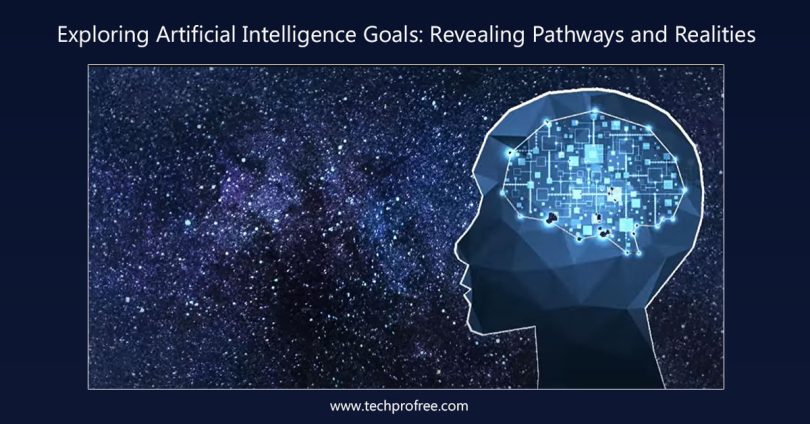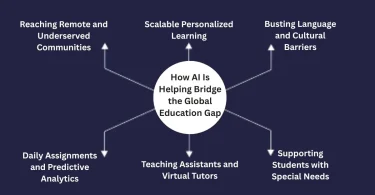We are all informed by the idea of intelligence; it is a term that frequently appears in our discussions and thoughts. This intelligence is a lighthouse for innovators, scientists, and academics who are interested in the fields of artificial intelligence (AI) and machine learning (ML). Do we, however, fully understand the scope of what we’re pursuing? What actually qualifies as intelligence?
As we work to imbue machines with human-like cognition, emotions, and self-awareness, these questions become increasingly important. It’s an endeavor that prompts questions about our goals and the effects of such breakthroughs.
As we continue on this journey, we must think carefully about the types of intelligence we want AI to possess.
Union of AI and Machine Learning:
Machine learning is the key building block of artificial intelligence. Machines continuously observe, listen, take in and adjust. Giving them the ability to forecast and make decisions without explicit programming is the main goal. The process of machine learning involves creating computer algorithms that manipulate and model data in order to derive insights and information from it. Although this is an expansive description, current applications of AI include identifying customer habits, making predictions based on market dynamics, optimizing business operations, identifying fraud, eliminating false information and even recommending your next consuming destination.
Emulating Human Intelligence:
These artificial intelligence (AI) structures imitate human intellect by reasoning, problem-solving, and adapting using data-driven statistical connections. Machines should be able to perform a complete range of cognitive functions, just like humans, according to robust AI enthusiasts.
Using Human Intelligence as the Foundation:
The foundation for building AI is provided by human intelligence, serving as a launch-pad for our efforts. It consists of a variety of cognitive processes that encourage knowledge acquisition, personal development, self-awareness, and interpersonal belonging. This broad term includes both known and unknown knowledge, causal understanding, abstract reasoning, creativity, judgment, practicality, adaptability and ethical awareness. Our wise choices occasionally result from perceptions, feelings and understanding that our distinctly human minds wisely process, directing our actions when appropriate. Our wise choices frequently result from an assimilation of data, knowledge and trustworthy facts.
Exploring the Horizon of Artificial Intelligence:
AI has been blessed with a wide range of talents that surpass human capacities in terms of speed, duration and precision. It brilliantly replicates human choices, actions and behavior and makes science fiction’s formerly outlandish ideas a reality. Numerous contemporary operations now depend on AI, which harnesses computer power and adds this sophisticated type of intelligence to it.
In regardless of this fascination, a gap still exists. AI struggles with conceptual thinking, emotional depth as a process component, and identifying hidden feelings beneath apparent emotions even though it is skilled at replication. While robots can “sense” effects through their sensors and communicate them to AI, the core of comprehension is still dependent on human progress and input. Despite acting, evolving, and learning based on this input, artificial intelligence lacks the inherent cognition of the human mind.
A Crucial Question Emerges Among the Appealing Aspects of AI’s Capabilities:
- Can AI excel compared to human decision-making?
While AI performs best under ideal circumstances, it struggles in challenging ones.
Can we completely trust AI to make decisions without any oversight or human intervention? Undoubtedly, “No,” a loud denial that is firm and clear, is the appropriate response.
- It is necessary to precisely determine needs.
- Where do we stand as humans and AI?
- What do we as a group hope to accomplish?
- how we span the gap between where we are now and where we want to be?
Answers don’t come from making assumptions; they come from asking insightful inquiries and passing through the known and unexplored.
Conclusion:
In this journey through artificial intelligence, we’ve explored its goals and capabilities. While AI has made impressive advancements, it still grapples with replicating the essence of human cognition and emotions. As we navigate this frontier, collaboration between human insight and AI innovation remains vital for a future of boundless possibilities.




Leave a Comment